Picture the English countryside. Villages and farms scattered among kilometers and kilometers of green fields lined by hedgerows, the living fences made of shrubs and trees that give the landscape its distinctive patchwork look. Inside those shrubs and bushes, life is thriving.
02:51
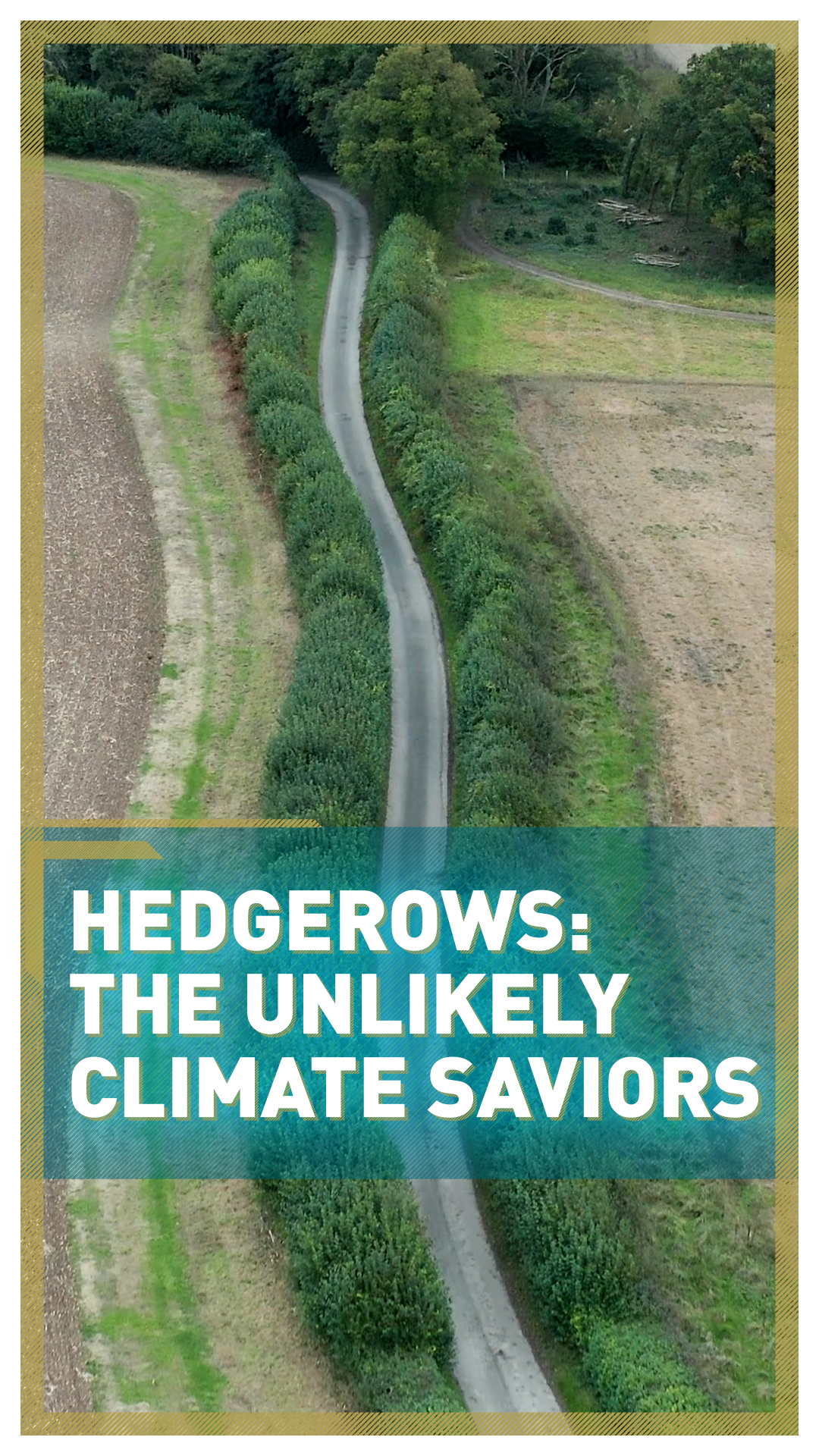
Hazel dormice use it as a home and a corridor to move between woodlands. Hedgehogs love them, birds nest in them. Bats and moths use them to navigate the countryside.
"In Britain, we've got over 1,000 species that depend on hedgerows for their life. A hundred and thirty of them in particular are very vulnerable and rely on hedgerows," explains Emma Marrington from CPRE, the UK's countryside charity.
For centuries, hedgerows have been used to mark private lands and keep livestock from moving around. But despite being considered part of British heritage (the oldest hedge is thought to have been there for 900 years), the number of hedgerows in the country has fallen sharply over the past 50 years.
"After the Second World War, a lot of hedgerows were removed, potentially half of our hedgerows since the Second World War," says Marrington.
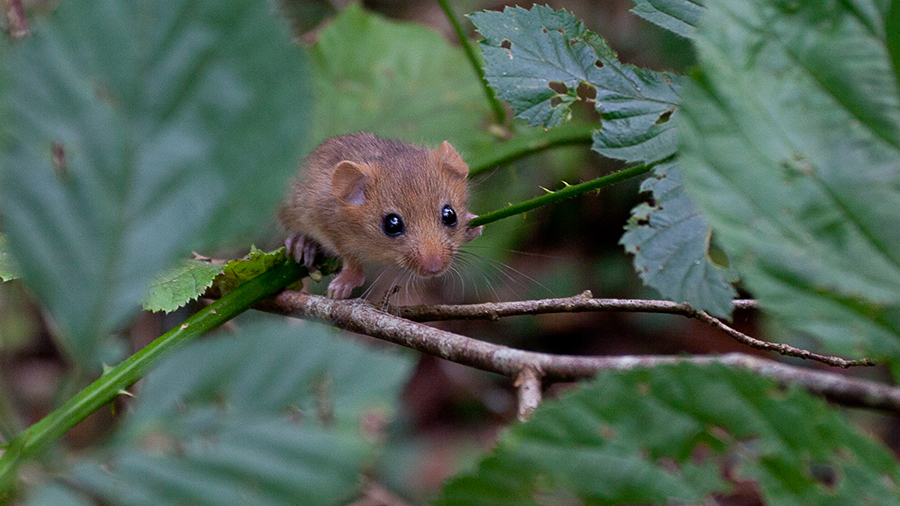
Hedgerows help hazel dormice spread through the British countryside, safe from predators. /Clare Pengelly
Hedgerows help hazel dormice spread through the British countryside, safe from predators. /Clare Pengelly
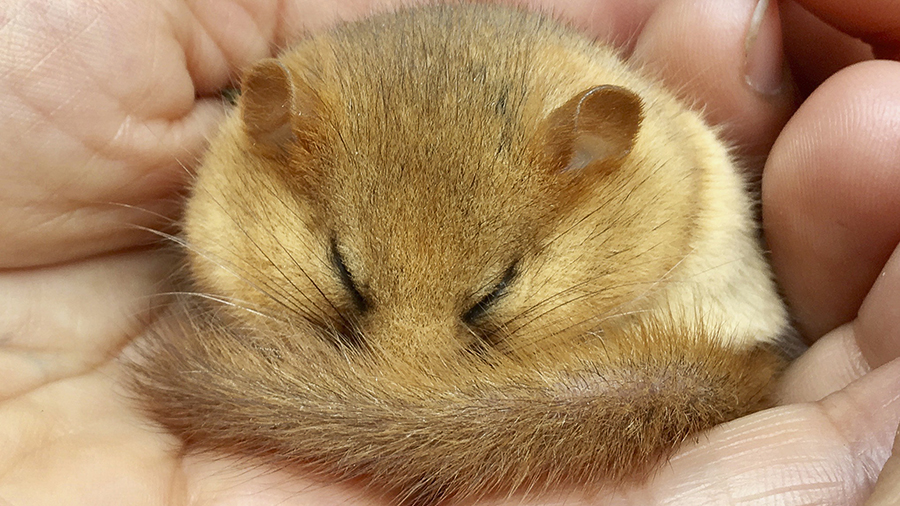
Hazel dormice are a protected species and are considered vulnerable to extinction in the UK. /Clare Pengelly
Hazel dormice are a protected species and are considered vulnerable to extinction in the UK. /Clare Pengelly
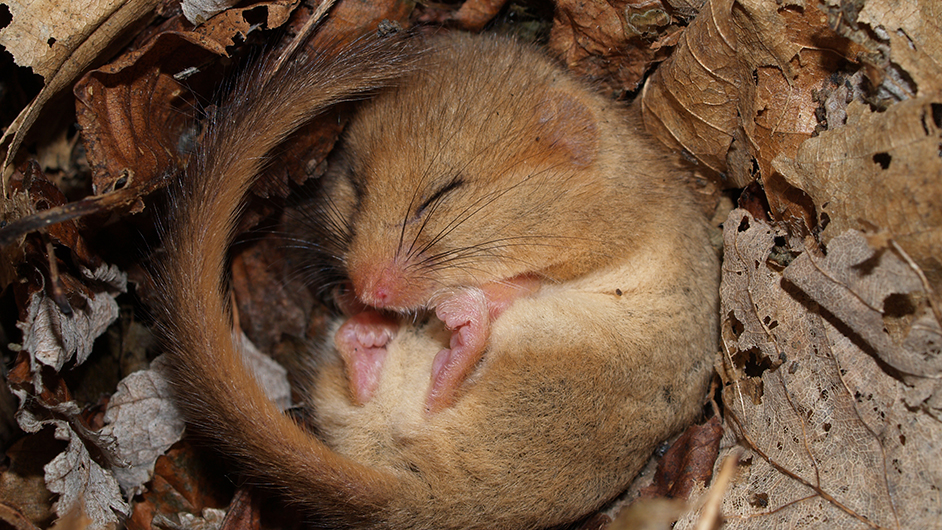
The number of hazel dormice in Britain is said to have halved since 2000. /Hattie Spray
The number of hazel dormice in Britain is said to have halved since 2000. /Hattie Spray
"And that was because the country obviously was having to create more food to feed its nation, and that is why hedgerows were being ripped out.
"And then in the 1960s, 1970s, early 1980s, there was an incentive from the government to actually have larger field sizes for crops and then to take out the hedgerows."
The loss of hedgerows didn't just dramatically change the look of the English countryside. It also killed the life within it - and revealed that there was much more at stake for the entire planet.
01:00
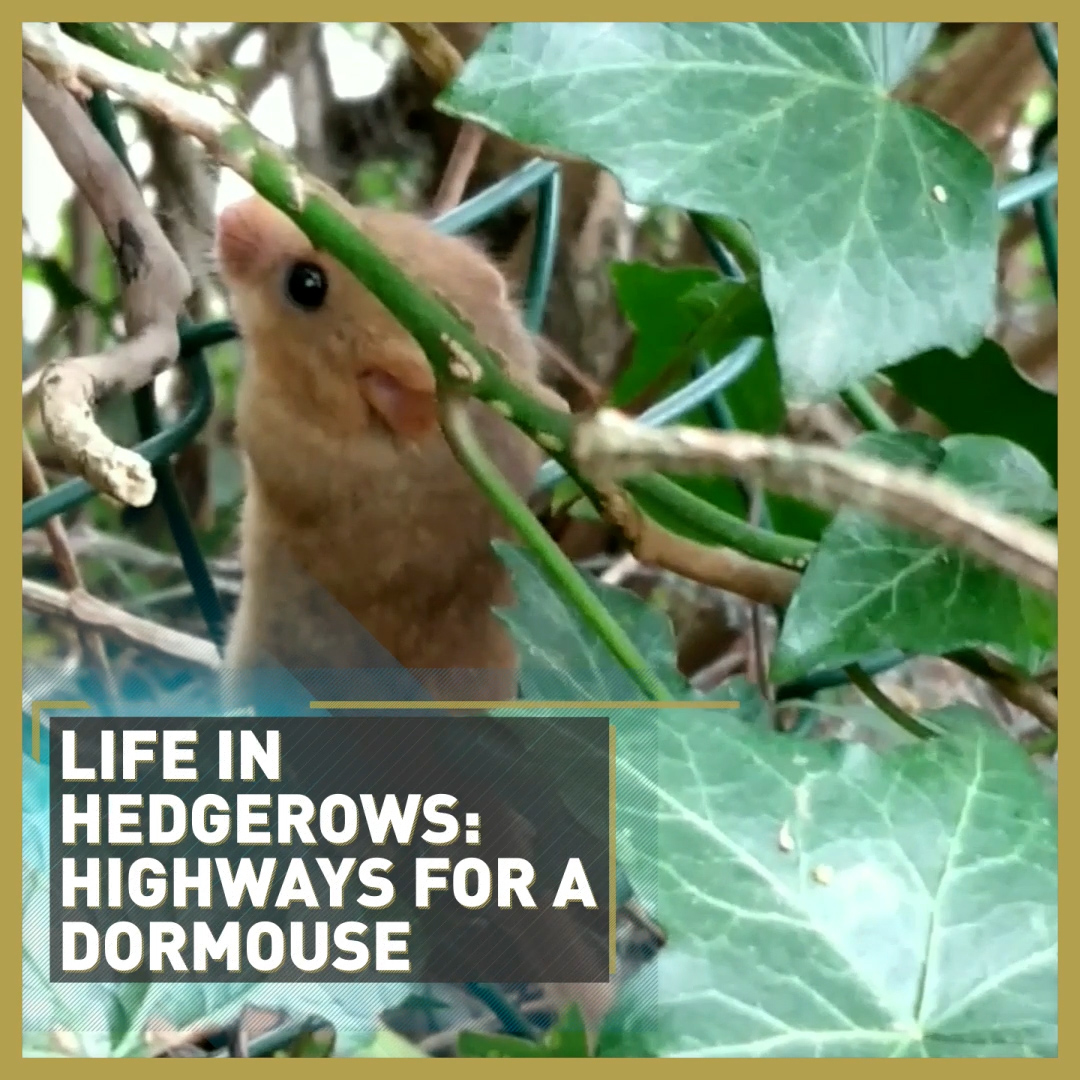
Bringing back the hedgerows
"Hedges can do an awful lot in our fight against climate change," says Megan Gimber from the People's Trust for Endangered Species.
"They're storing lots of carbon in this woody stuff above ground," says Gimber, adding that they are also constantly adding carbon into the soil below the hedge itself.
And cleaning the air is not the only way hedgerows can help fight climate change.
"They also actually reduce the rate of floodwater," explains Marrington.
"So if you're in an area that has a risk of flood, if you have got hedgerows in the area they act as a barrier to stop the flow of water down into a town or a nearby city or any area as well. So they have that benefit."
The UN Intergovernmental Panel on Climate Change (IPCC), CPRE and the Climate Change Committee, an independent government advisory body, have found common ground in their calls to increase the number of hedgerows by 40 percent by 2050, bringing the current 700,000km of hedgerows up to 900,000km.
This will support more than 2,000 species, among them mammals, birds and insects, who depend on them, while also helping the UK achieve its 2050 net zero target.
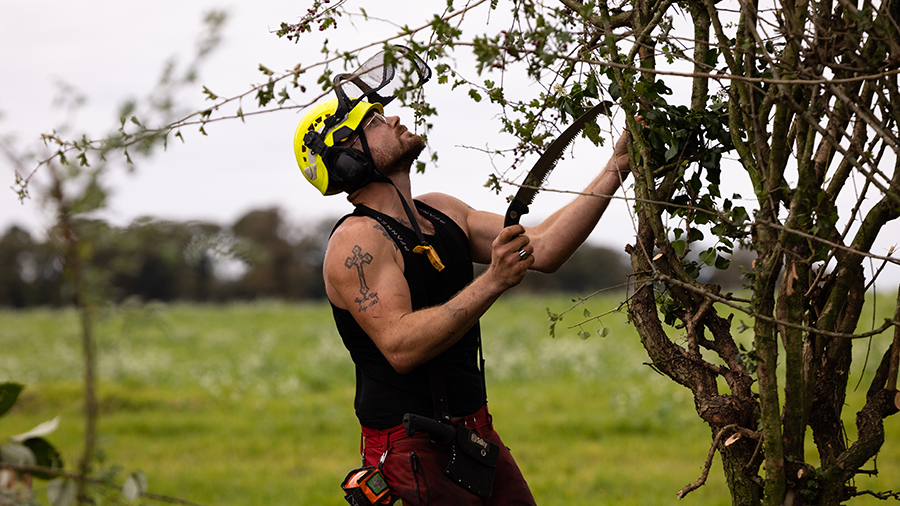
Hedgelaying is a craft which has been practiced for hundreds of years. /CGTN
Hedgelaying is a craft which has been practiced for hundreds of years. /CGTN
The return of an (almost) lost craft
In Britain, one does not simply walk into a good hedge.
Hedgerows are the result of hours and hours of hard work by those who know the art of 'hedgelaying,' the craft of laying and maintaining a hedge.
"It's traditionally a farming community kind of job, but more and more people are coming in from different angles," says Colin Clutterbuck, taking a break from laying a hedge during the national championship organized by the National Hedgelaying Society.
"Nowadays, we're not attracting the young farmers anymore, really, but there's plenty of people still interested in it," he adds.
Clutterbuck got into hedgelaying the old-fashioned way. He learned from a local farmer, doing "a kind of apprenticeship" with him for two or three years, and from then on, he carried on on his own, doing hedgelaying in winter, outside of nesting season, and walling in the summer.
There are more than 30 different style of laying a hedge, and Clutterbuck is doing what's called North Somerset style.
00:59
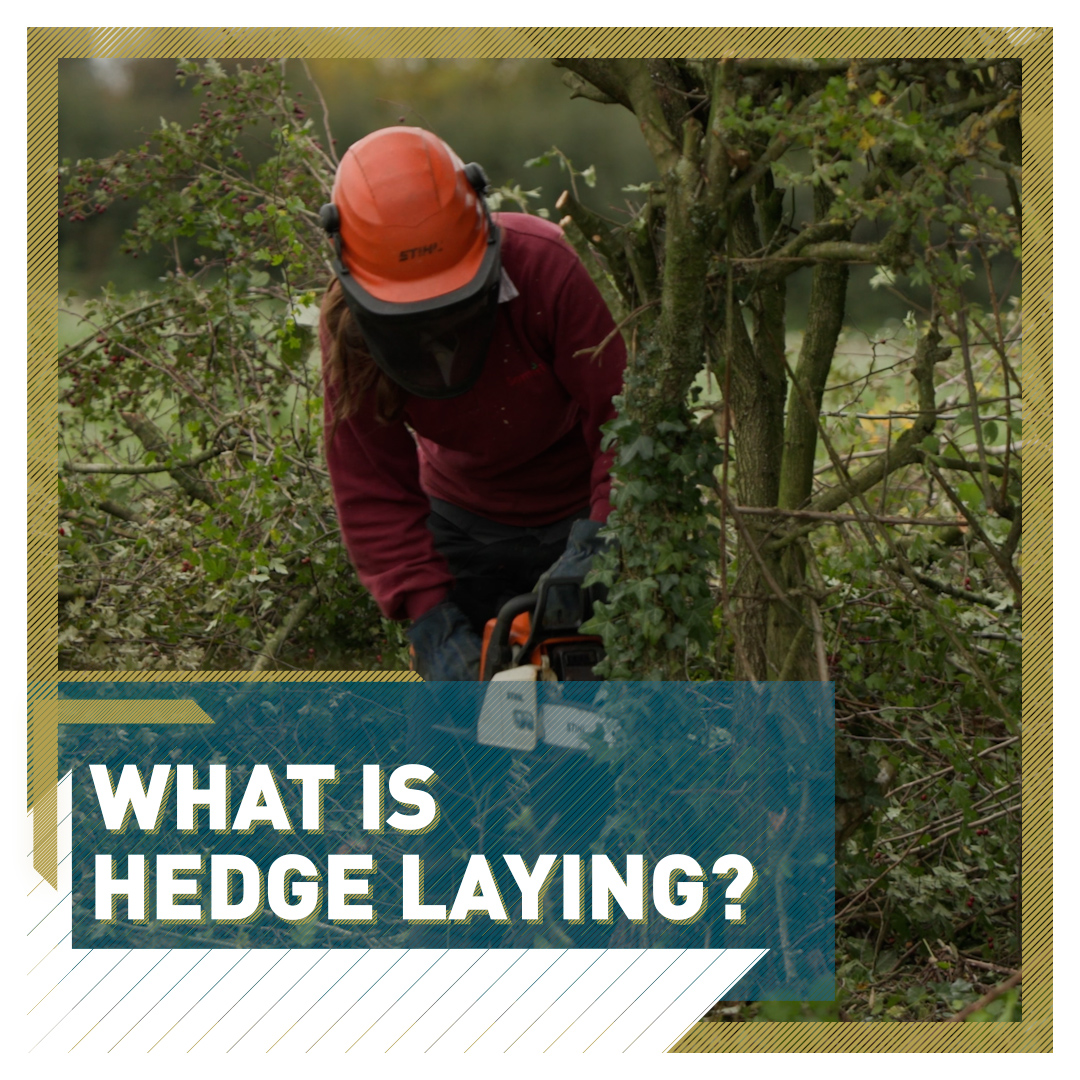
To the inexperienced eye, the work of hedgelayers might look like a total tree carnage, soundtracked by the buzzing of chainsaws.
But cutting down the shrubs and trees and laying them down is what makes hedges such a fertile ground for animals and insects.
"You cut part of the way through the tree, let's say about three quarters of the way through," Clutterbuck explains.
"And that small amount of wood is enough to keep the tree alive, where you cut it. It sprouts from the bottom again. So it's kind of rejuvenating the tree. And because you're laying it at an angle all the regrowth goes that way. It's laid that way and it provides a sort of criss-cross, impenetrable barrier. The sheep and cows can't get through, and it eventually becomes a dense thick hedge."
Hedges then need to be maintained, be regularly trimmed and rejuvenated, or they will gradually thin out.
The same farmers who stripped hedges off their lands 20 years ago now want them back, and demand for hedgelayers is as high as it has ever been, although their numbers are limited.
Tina Bath is one of the few women competing in the championship, and she's proof that the profession is opening up to more women - and she's convinced that the craft could extend beyond the farming world.
"I just think it's a bit of a pun, but hedgerows kind of get overlooked," she says.
"You know, they're just sort of seen as something out in the countryside. But you know, you can have hedgerows in towns. We have them in the garden, they're great for garden birds and they're really important."
And while hedgerows often go unnoticed, they could be a part of the climate solution the world needs.

